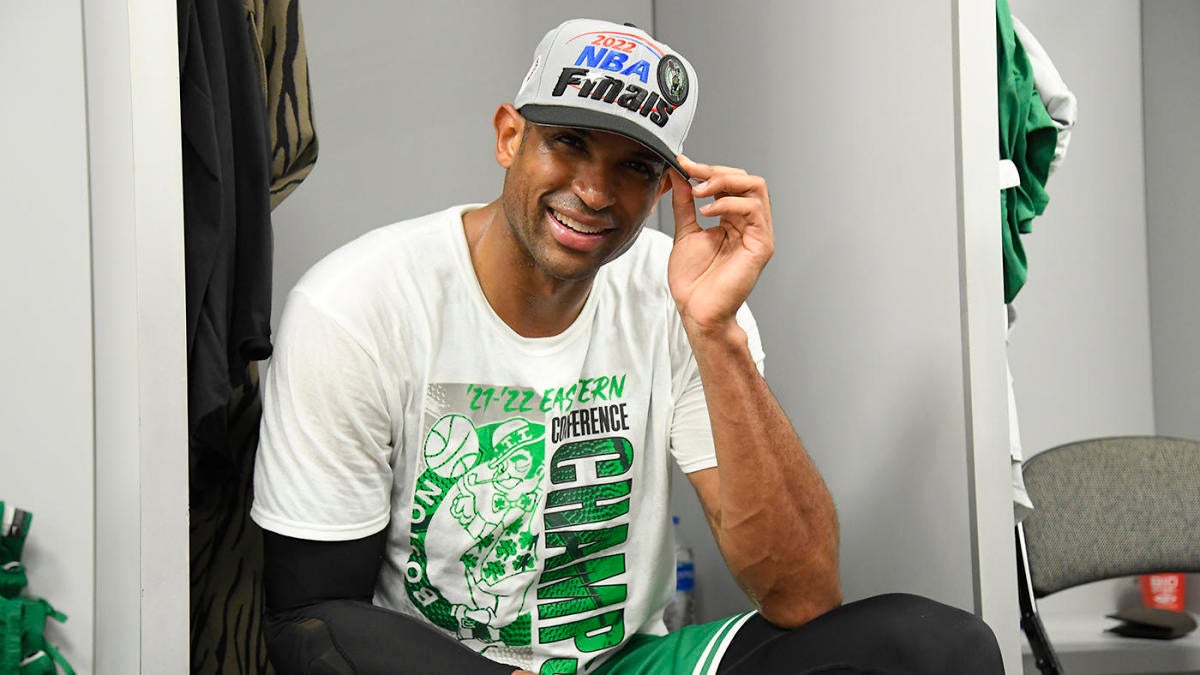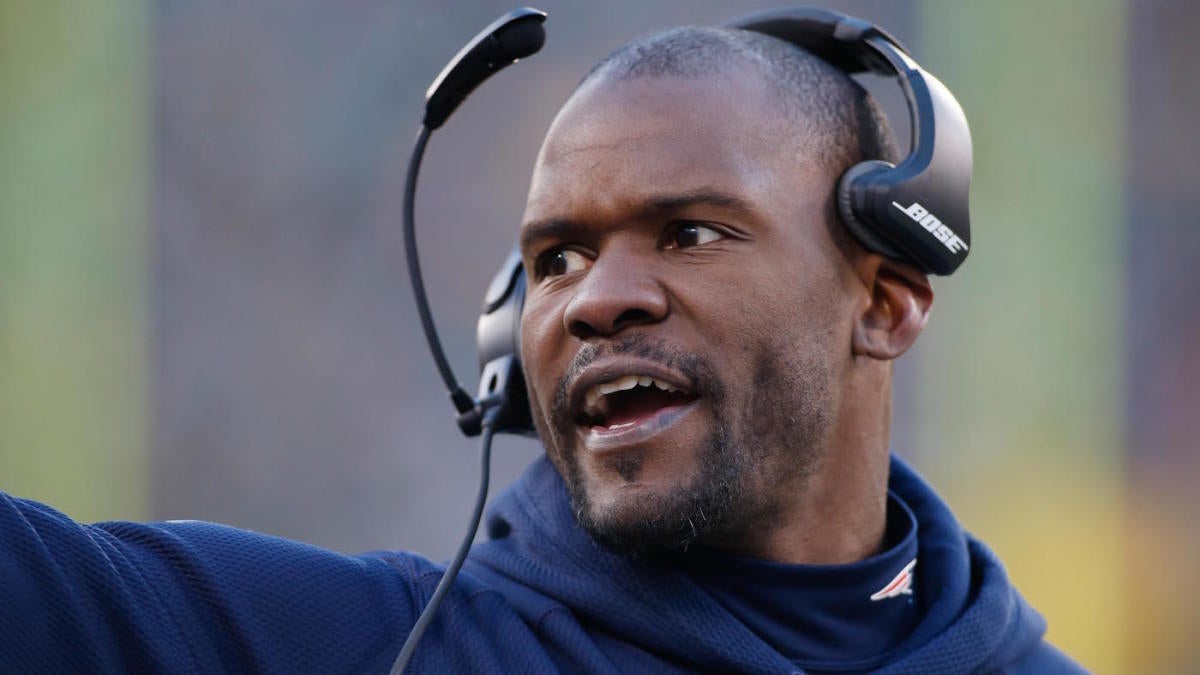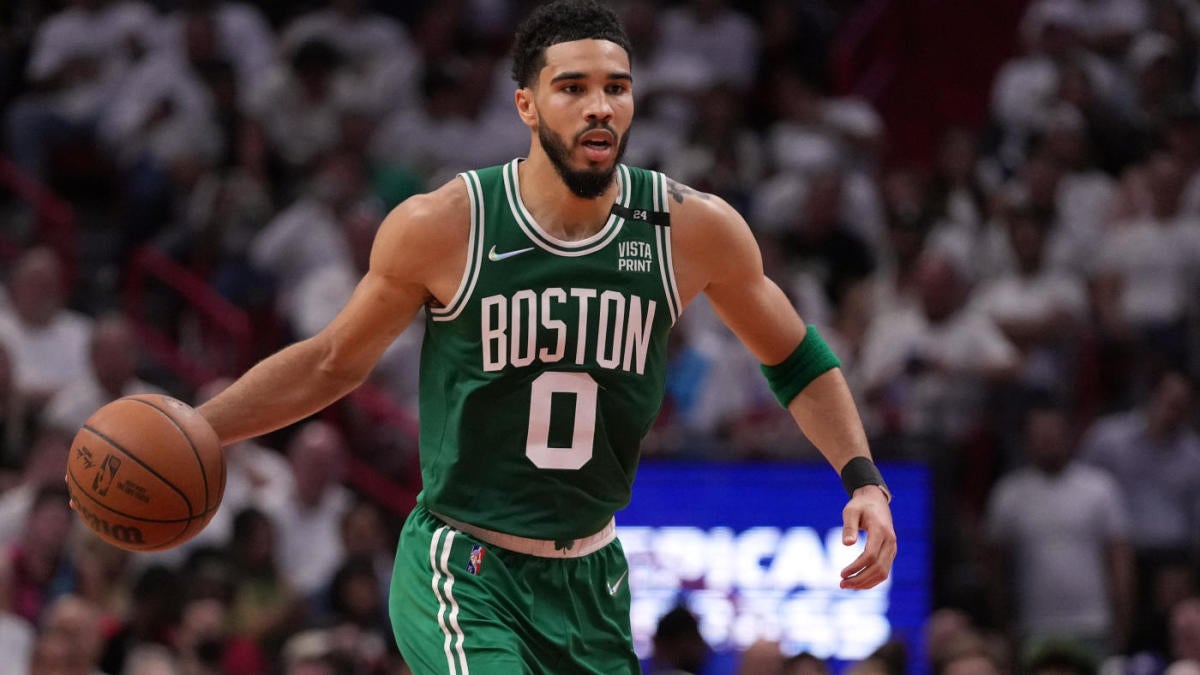NBA Finals: How Celtics, Warriors are reaping the benefits of great players on massive contracts
Written by Lucky Wilson | KJMM.COM on June 2, 2022

In the summer of 2019, the Houston Rockets attached two first-round picks and two first-round swaps to trade Chris Paul for Russell Westbrook, and a number of theories have been offered to explain the disastrous deal since. He and James Harden reportedly didn’t get along. Paul was aging and injury prone. After consecutive losses to the Golden State Warriors, Houston may not have seen a need to try the same thing a third time and expect a different result. But ESPN’s Tim MacMahon offered a somewhat more direct explanation on an episode of “The Lowe Post.”
“That trade was made because Tilman Fertitta wanted it made — he thought Chris Paul’s contract was the worst that he’d ever seen in business or sports,” MacMahon said. None of this negates the other possible explanations for the trade, but there’s something visceral about this rationale. Fertitta wasn’t just trying to make the correct basketball decision. He was trying to dump a distressed asset because he considered it toxic. That’s not an especially unique stance in the NBA.
Daryl Morey was Fertitta’s general manager when the Paul trade was made. A year later, he moved on to Philadelphia to take over the 76ers. What was the first move he made? Using a first-round pick to trade Al Horford — and the three remaining years on the $109 million contract Elton Brand had signed him to only a year earlier — to Oklahoma City. Take a look at any list of the NBA’s worst contracts and the first thing you’ll notice is how many of those players have been traded. John Wall. Kristaps Porzingis. Davis Bertans. If Russell Westbrook gets moved this offseason, he’ll have spent all five years of his super-max contract playing for different teams. Once a team identifies one of its own contracts as toxic, it does everything in its power to dump it before it gets any worse.
And yet, this season has in many ways been defined by players once considered overpaid. Paul’s Suns came two wins away from a championship last season and won 64 games this season. I myself called Jarrett Allen overpaid after he signed a $100 million deal this offseason, and I wasn’t alone. He made the All-Star Game. On one end of the Finals is Horford, whom the Thunder banished for the second half of last season so as to avoid the risk of an injury that would make his contract even less palatable. On the other is Andrew Wiggins, the former No. 1 overall pick included in the D’Angelo Russell trade in part for salary matching purposes. These players have almost nothing in common. They represent the entire age and positional spectrums. All that links them is the disproven notion that their contracts were doing more harm than good.
There’s some irony in considering this a growing market inefficiency because in theory a market inefficiency is supposed to represent the discovery of value that exceeds cost. In this specific instance, the value is generated precisely because of the cost. The Timberwolves never would have traded Wiggins if he were a $15 million player. Philadelphia has lacked a suitable backup center for half a decade, and if it could have justified keeping Horford as a 15-minute reserve, it surely would have done so. The quality of the player becomes almost irrelevant in these cases. The fact that Horford was making $30 million scared away teams that might have valued him at $20 million. The dread of carrying such a contract turns teams into extremely motivated sellers. Boston knows this well. Horford’s acquisition was motivated in part by the desire to dump another large and unwieldy contract: Kemba Walker‘s. The Celtics gave the Thunder the No. 16 pick in last year’s draft for their troubles.
There are lessons to be gleaned here, but they’re somewhat circumstantial. Boston knew Horford would fit into its lineup because he’d already spent several seasons as a Celtic. How many teams are ever in position to reacquire their former expensive veterans? In another world, perhaps Walker gets healthy, replicates his former All-Star form and makes the Celtics look foolish. There’s not exactly a tried and true formula for identifying desirable undesirables.
There are context clues, though. Paul’s stats in the minutes he played without Harden in his final Houston season were on par with his typical averages. Horford struggle to fit into a confined power forward role next to Joel Embiid, but thrived as a center on the lowly Thunder. Find the right player in the wrong situation and you’ve got lightning in a bottle. There will always be an element of risk, and having an existing salary slot of that size mitigates it to some extent. Boston wanted to get rid of Walker’s max contract. Horford’s success was in that sense almost a bonus. Golden State’s Wiggins acquisition followed the same pattern. The Warriors landed Russell in part to trade him for value, but also to maintain Kevin Durant‘s old salary slot when he left for Brooklyn. When they traded him to the Timberwolves, they did it largely to land the pick that would become Jonathan Kuminga. Wiggins was the necessary ballast to legalize the deal, but where he was truly negative salary to Minnesota, he grew into an essential role player for Golden State.
There are candidates for similar rehabilitation available this offseason, but as easy as it is to laud the Warriors and Celtics now, both acquisitions carried plenty of risk. Gordon Hayward is vastly overpaid by virtue of his durability. He’s also given the Hornets two years of near-All-Star caliber basketball and has proven as comfortable leading an offense as he is supplementing one. Versatile wings fit on any roster, and the Hornets, set to extend Miles Bridges this offseason, are going to start feeling the luxury tax squeeze soon enough. Mike Conley is the same age Paul was when Houston dealt him, and could easily be the odd man out of a similarly dreary situation in Utah. Someone is going to bet on Duncan Robinson rediscovering his shot.
In years past, these contracts might genuinely have been cap-killers. Is such a concept even possible anymore? NBA teams continue to eschew cap space as a roster-building mechanism in favor of trades, exceptions and extensions. Salary cap growth often outpaces the raises built into contracts so that numbers that seemed gargantuan only a year or two ago suddenly look far more tolerable. Golden State’s tolerance for taxes certainly helps. The Warriors can afford to treat Wiggins like their fourth-best player because they can afford to pay three superior players ahead of him. Not every team is so fortunate. Not every team needs to be, provided it has managed its books well and is prepared to make sacrifices down the line.
The championship race is an arms race, and as titles are increasingly decided in July, teams are willing to search farther and wider for talent. Bad contracts often represent talent available at less than rational price points. Fertitta’s reported sentiments were extreme, but not exactly uncommon. Recent history suggests that teams are typically desperate to move off of contracts they consider excessive, but as players like Paul, Horford and Wiggins have reminded us, these players were once good enough to earn those contracts in the first place. The Suns, Celtics and Warriors figured that out and reaped the benefits this season. Don’t be surprised when somebody else does next year.
The post NBA Finals: How Celtics, Warriors are reaping the benefits of great players on massive contracts first appeared on CBS Sports.

 KVSP
KVSP 




